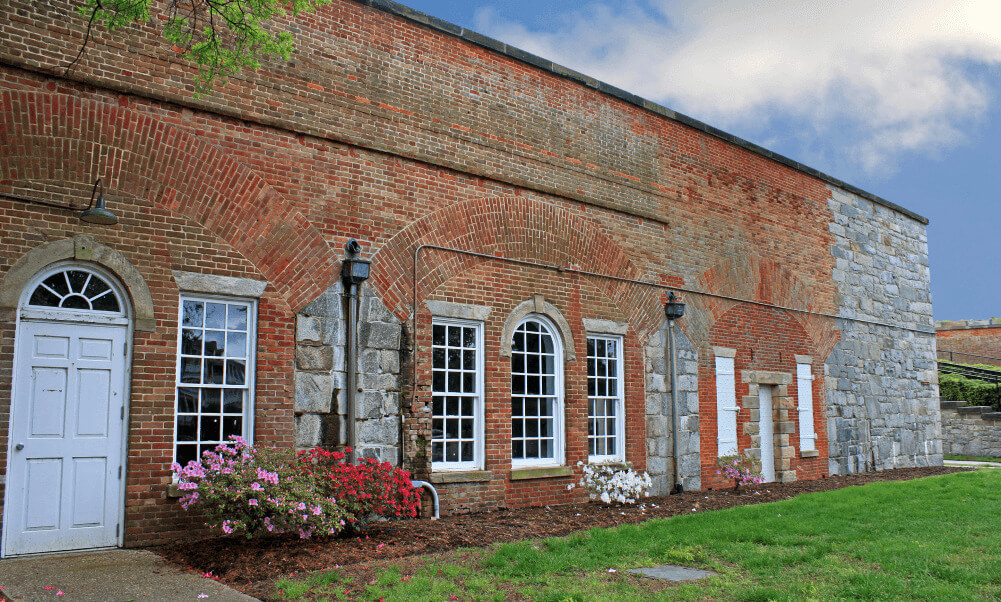
Traditional cottage windows are usually single-glazed, which makes them energy inefficient. A single glazed window offers very little protection from temperature changes outside.
Inefficient single glazing
If the sun hits a single glazed window directly, it gets extremely hot. This heat is transferred into the house.
However, with our vacuum double glazing, the outside pane of glass still gets hot, but the vacuum between the panes doesn’t allow this heat to transfer into the property. So, your property will stay cooler.
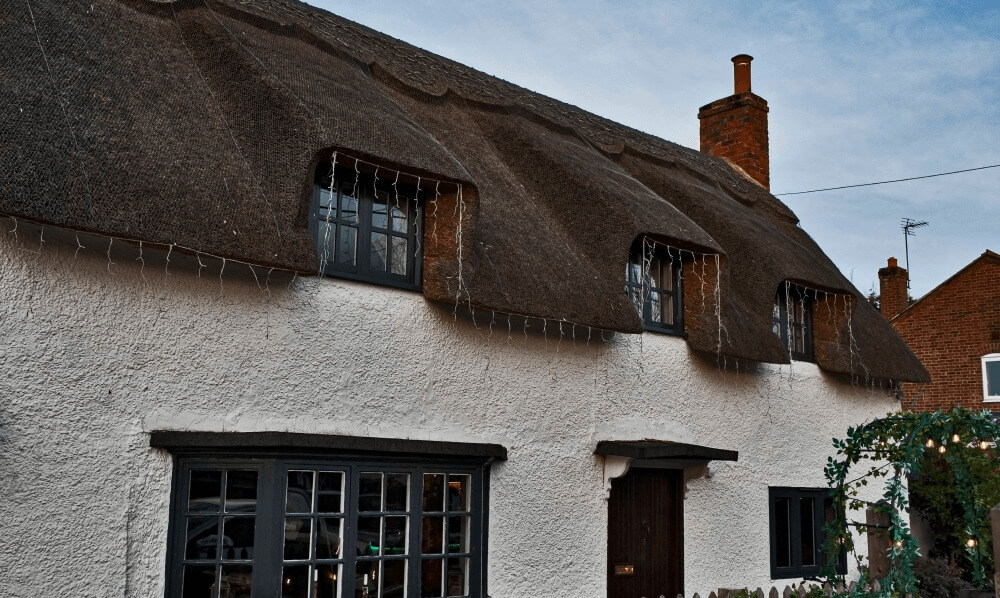
During the winter months, single-glazed windows allow a lot of hot air to escape. Thus, you have to keep the heating on for longer just to heat the home to a comfortable temperature.
With vacuum double glazing, though, the windows prevent heat loss, so it makes old windows more energy efficient.
When we retrofit double glazing into cottage windows, we do a complete restoration of the windows, which includes draught-proofing. So, not only do the double glazing units help prevent heat loss, but the draught-proofing seals do too.
Double glazing retrofitting for cottages
Installing new replacement windows (especially for UPVC) in a cottage used to mean changing the appearance of the property forever. And if you have a beautifully charming cottage, this is the last thing you want to do.
The double glazing that we use for retrofitting is very thin and can be installed into existing cottage wooden window frames.

No charm is lost because the windows have gone unchanged. The windows still operate like they always have, but you are left with the best quality double glazing available in the UK.
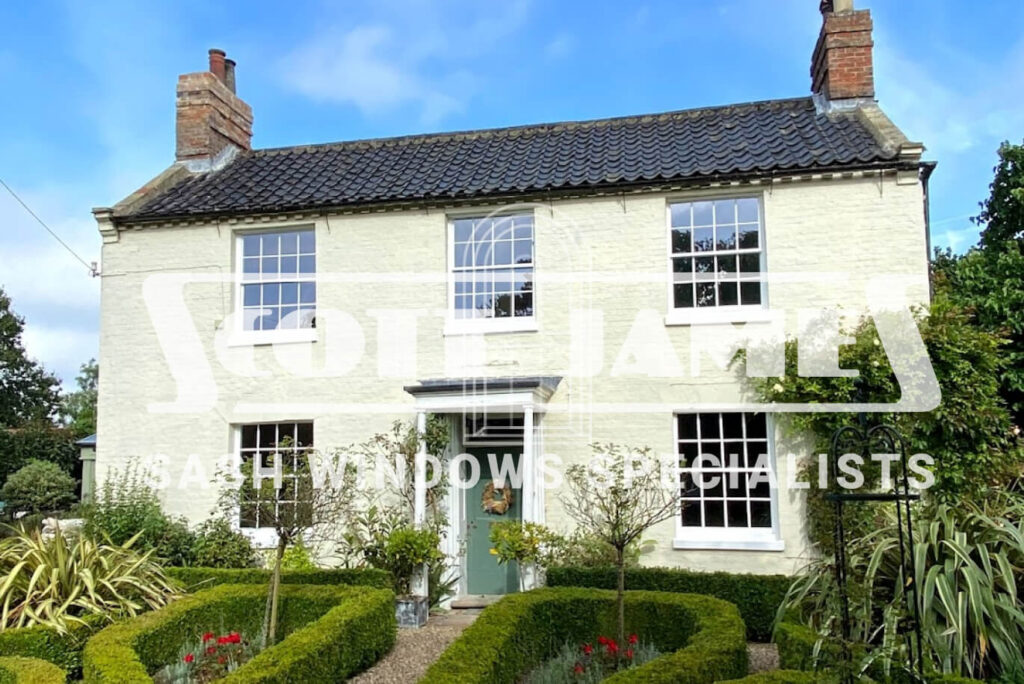
This is vacuum-sealed double glazing. It has a slim profile (just 7mm thick), yet it functions as good as triple glazing.
So, your cottage can be protected from temperature changes and outside noise without changing the charm and style of your property at all.
Different styles of cottage windows
The word ‘cottage’ certainly invokes an image of a beautiful thatched building somewhere in the lovely English countryside, at least to us.
Yet over the years, many different properties have been called cottages. This means that there are many different styles of cottage windows, and we’re going to break them down for you here.
If your home has any of these types of windows, we can help you. We can retrofit double glazing into any of the types of window frames below.
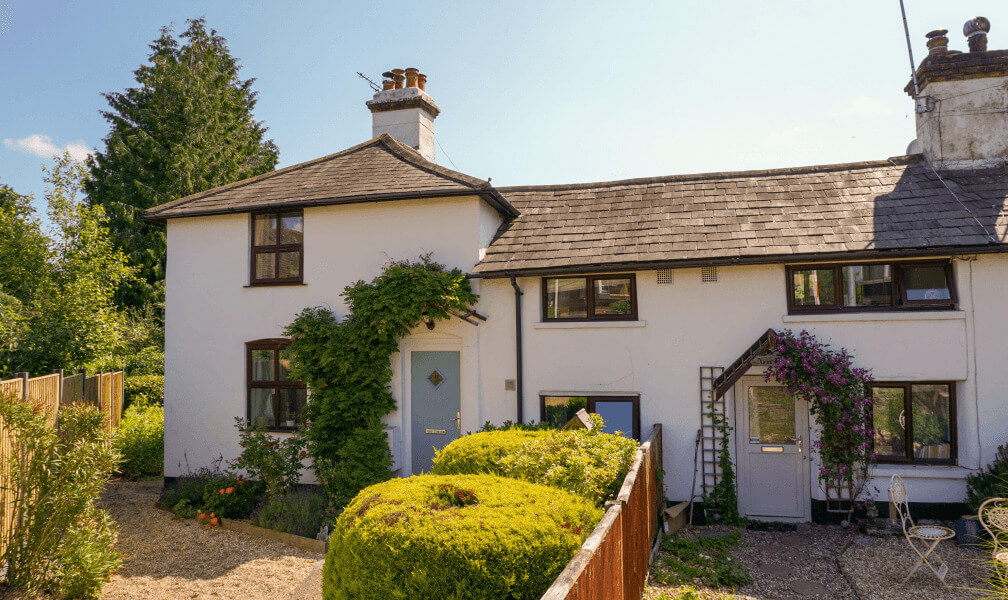
The two main types of windows that are known as ‘cottage windows’ are sash and casement.
Both of these types of windows are perfectly suited to period homes, and it greatly depends on when a property was built as to which style of the window it has.
Sash windows
If you look at the history of sash windows, the first windows of this style came to England during the 17th century from Europe. At this time, sash windows were the latest window technology. Back then, glassmaking wasn’t as refined, and making big panes of glass was nearly impossible.
So, instead, smaller panes of glass could be used together to create a sealed window. Each pane of glass is held in place with lead to create one large pane, and this has a frame.
There are two of these frames on a sash window, and one is inset from the other. Inside the frame, there are weights, pulleys and cords.
When you lift up (or pull down) on one of the panes of glass, the weights cause the window to open and close.

This style of window was extremely popular when many cottages were being built, which is why a lot of cottages in the UK have box sash windows. The Georgian period saw lots of beautiful cottages being built, and this was the best window technology of the day. However, the Victorians popularised sash windows again for fashion reasons. Glass technology had moved on enough that sash windows could be ornately decorated at this point, and the Victorians jumped at the chance.
Casement windows
Casement windows are a newer invention and became popular in the 18th century. They were first used to replace an older type of window called a stone mullioned window, which is a Saxon-style window.
When casement windows started being installed into homes, they had iron frames.
We believe this is to account for the variations in the window frames at the time, but we aren’t too sure.

However, we do know that casement windows became popular very quickly, and everyone wanted them. However, a lot of properties already had wooden window frames installed. So, if the casement windows had iron frames, this would quickly wear out the wood. So, the quick-thinking window makers of the day added wooden frames, and everyone was happy.
Now, most modern casement windows have a large area of glass, but not all older casement windows are.
These first appeared in the UK in the 18th century, and glass production still wasn’t good enough to make massive panes of glass at this time.
So, casement windows simply got the sash window treatment. In that, they joined several smaller panes of glass with lead beading to create a larger panel.
The casement style of the window has proved to be so popular that it is still being used today. And over the years, glassmakers have been able to produce larger panes of glass, so casement windows can now have a single pane of glass installed rather than several.
Casement windows now have one pane of glass set into a frame, which is installed on the surround with hinges. These hinges allow the window to open in a variety of ways, but typically they open just like the door of your home.
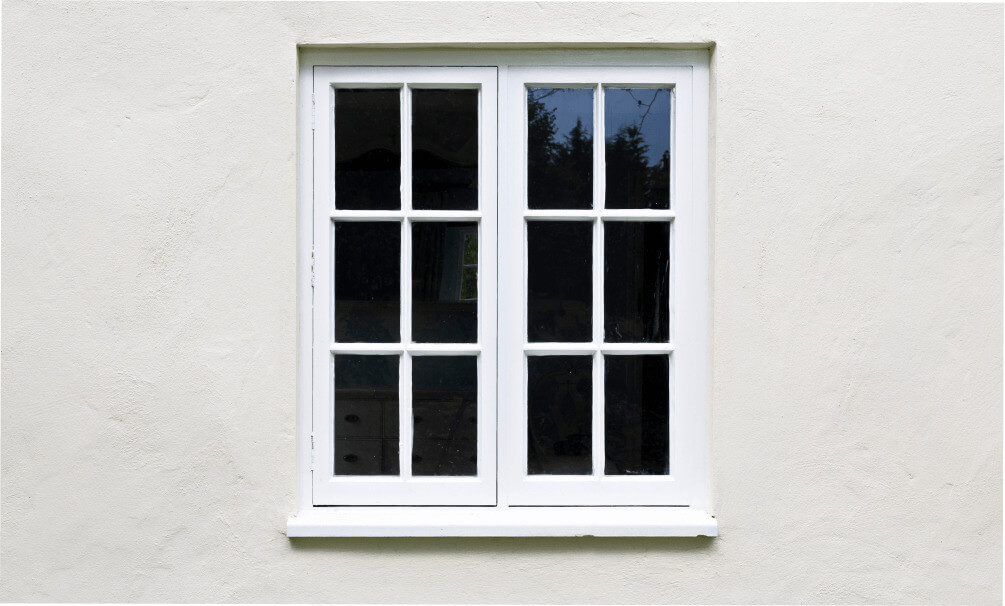
Cottage windows double glazing
We have years of experience retrofitting double glazing into all types of cottage windows. We have retrofitted double glazing and completely restored cottage windows in some very prestigious buildings around the UK and some wonderful country cottages too.
So, if you’d like a free quote for restoring your windows and retrofitting double glazing into your windows, give us a call today.
FAQs
What are cottage windows called?
Cottage windows are often called Tudor or Georgian windows. These are quite broad terms and can include sash and casement windows. They are also not only reserved for cottages either. These window types have been used on many different styles of properties, and the terms are even still used to describe some uPVC window types today.
What is the cost to retrofit double glazing in the UK?
Retrofitting double glazing costs, on average, £1670 per window. This includes any and all repairs to the window frame, draught-proofing and painting too. So this is a complete window restoration and modernisation.
Is retrofitting double glazing worth it in the UK?
We often mention that double glazing can prevent extreme temperature changes in the home and greatly dampens loud noises outside too.
However, it is the subtle changes that double glazing offers that make it worth retrofitting into homes in the UK.
When you have double glazing retrofitted, it stops the temperature from fluctuating all year round. So, if your home is nice and cool on a warm day, it will stay like this even when the sun is hitting the windows. The same is true for very cold days; double glazing will prevent the heat from escaping and keep the heat inside.
However, on a lovely spring day when the temperature is just right, it will remain so throughout the day. In the UK, our weather does fluctuate a lot, and double glazing prevents this from affecting the temperature of your home.
However, it also helps when the weather is stable. It will keep your home at the perfect temperature without you needing to spend lots on energy bills. So, yes, retrofitting double glazing is worth it if you live in the UK.
Does double glazing increase property value?
When double glazing is done properly, it can increase the value of a period home by around 10%. Choosing the right double glazing and the right company to install it ensures that your windows will look great for years and add some value to your home.
Read more articles
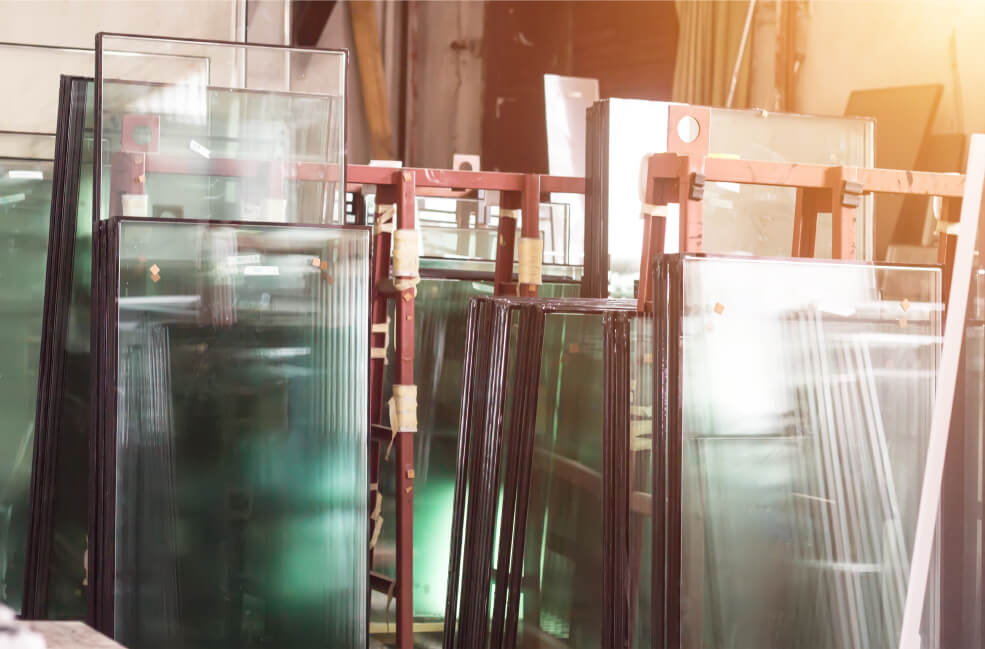
How long does double glazing last
How long does double glazing last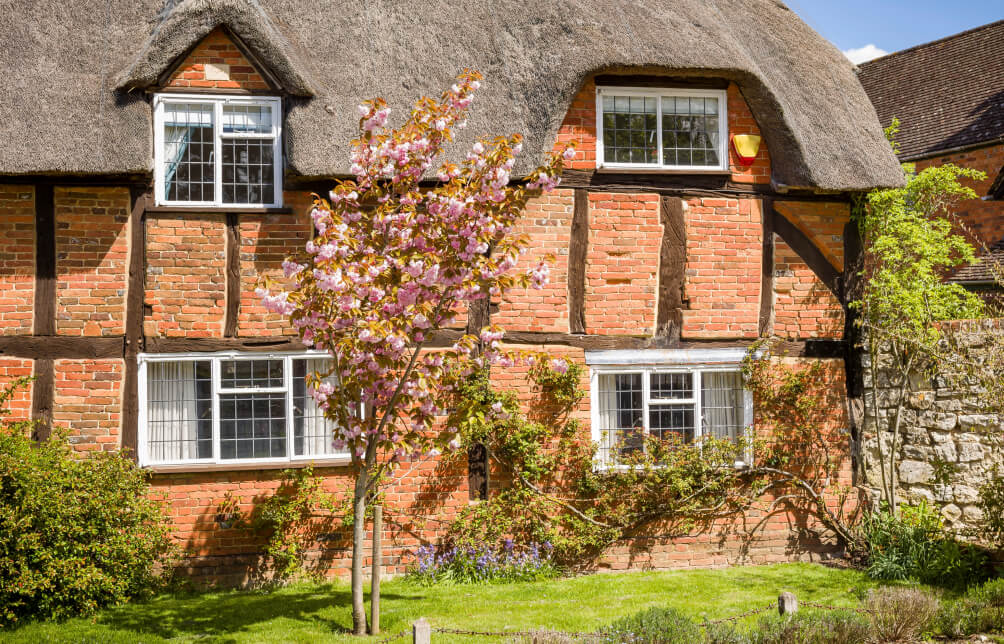
Leaded windows double glazing retrofitting
Leaded windows double glazing retrofitting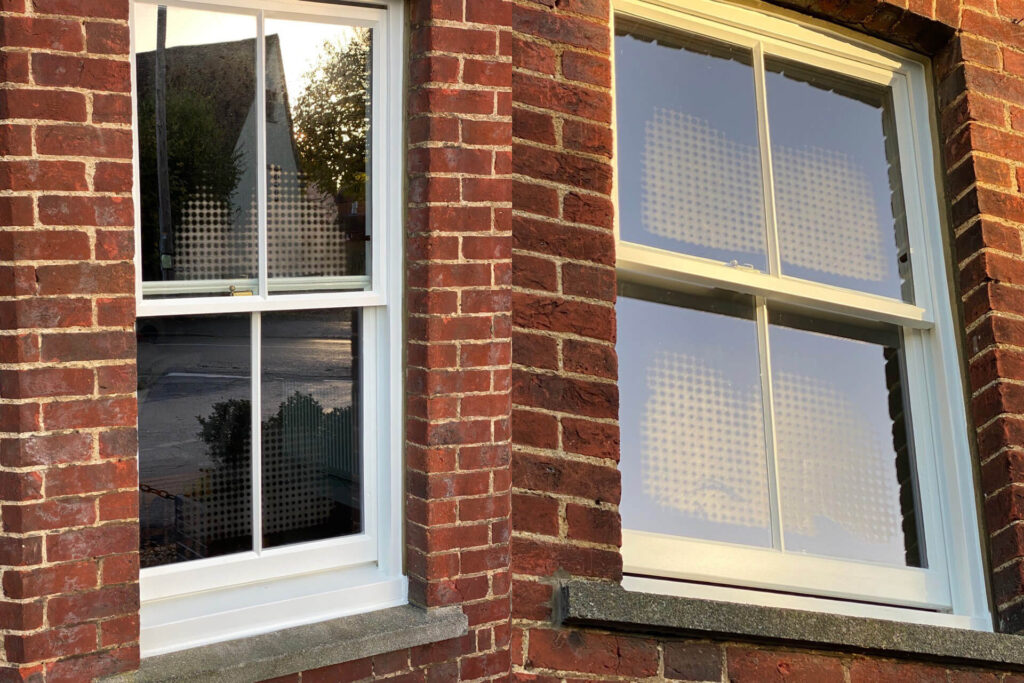
Condensation on the outside of windows
Condensation on the outside of windows